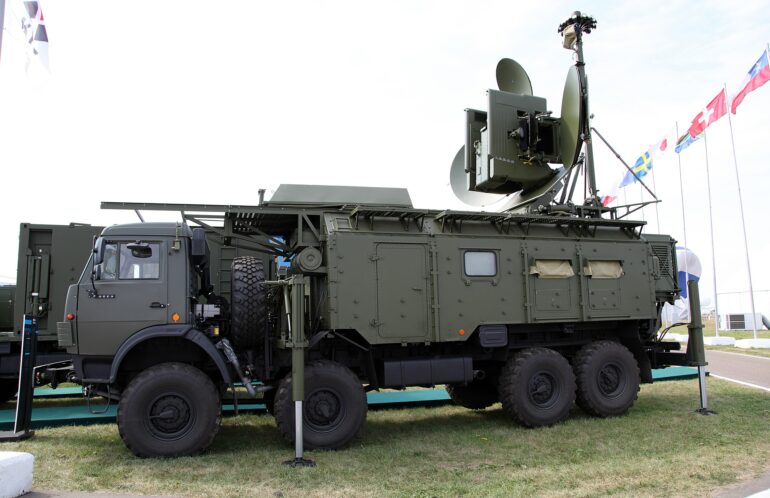Russia has one of the most capable and technological militaries on the planet. They have advanced intelligence, information warfare, cyber warfare and electronic warfare capabilities.
Russia has used these technologies in recent years in combat in Syria and the Donbas region in eastern Ukraine, and is using them in its current invasion of Ukraine.
The terms “intelligence,” “information,” “cyber” and “electronic” denote distinct but overlapping fields. As a cybersecurity professor of practice, I can explain what they are and how Russia is using them in Ukraine.
Intelligence and counterintelligence in the information age
The role of intelligence is to gain insight about the enemy’s activity. The role of counterintelligence is to blind the enemy or distort his view. Automation in intelligence surveillance and reconnaissance – key functions of intelligence in warfare – has become a common practice for modern militaries.
Intelligence services collect vast amounts of data from open-source intelligence (OSINT) – information collected from news, social media and other publicly available sources – as well as secret sources, and use artificial intelligence to analyze the information.
Russia has reportedly progressed faster at integrating AI in intelligence systems than the U.S. expected them to. It’s impossible to know what information Russia has collected, but its access to OSINT, spy satellites, operatives in Ukraine, powerful computers and experienced analysts makes it likely that Russia has extensive intelligence about Ukraine’s military and political situation.
Information and disinformation
Information warfare is the battle waged in the news media and on social media to bolster popular support; persuade and induce the sympathy of potential allies; and simultaneously spread confusion, uncertainty and distrust in the enemy’s population.
Russia has used and is likely to continue to use cyber operations to subvert the Ukrainian government. For example, in the weeks leading up to both the 2014 and 2022 invasions, Ukrainian soldiers were targeted with disinformation designed to sow confusion and disorder in the event of an attack.
Russian messaging about “liberating” portions of Ukraine is the disinformation most likely aimed at an international audience, and I expect attempts to legitimize Russia’s actions will continue.
There is an ongoing contest to control the narrative about what is happening in Ukraine. Russia is running an active disinformation campaign and I expect it is using AI to find and generate content at a rapid rate.
Some information circulating on social media, like this video purporting to show Russian bombers over Ukraine, has been proven to be fake. This underscores how difficult it is to be certain of the truth with a high volume of fast-changing information in an emotionally charged, high-stakes situation like warfare.
Cyber warfare
Cyber warfare entails infiltrating…
